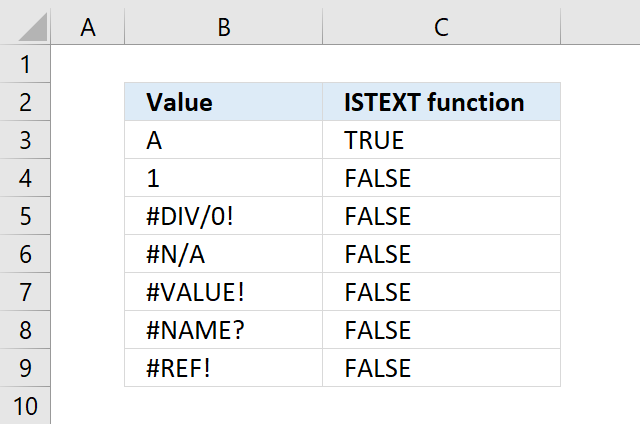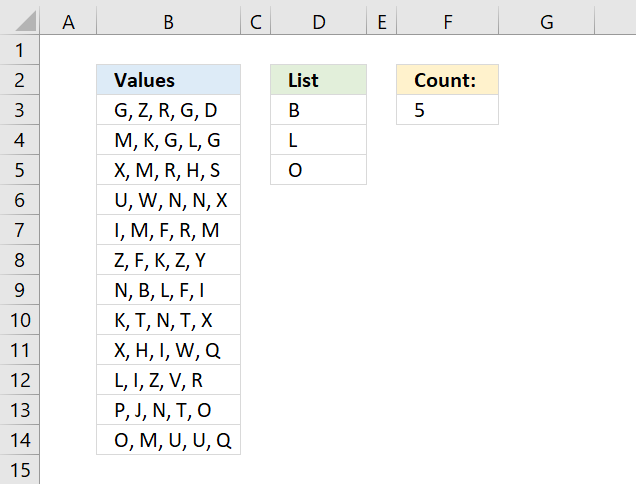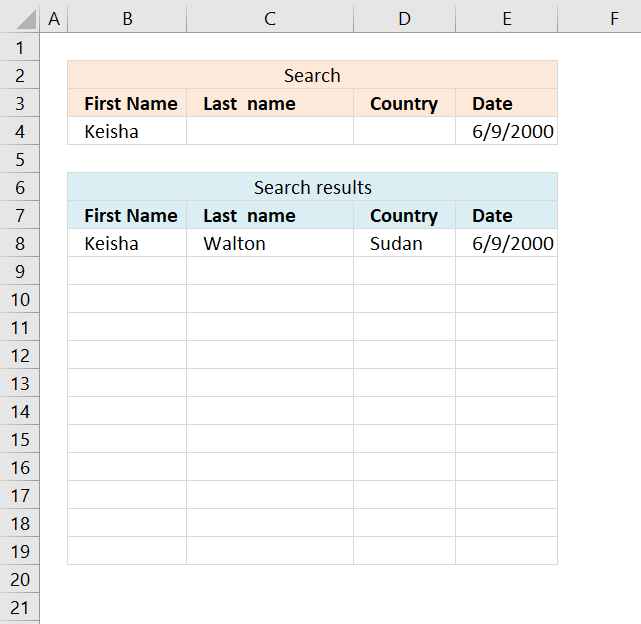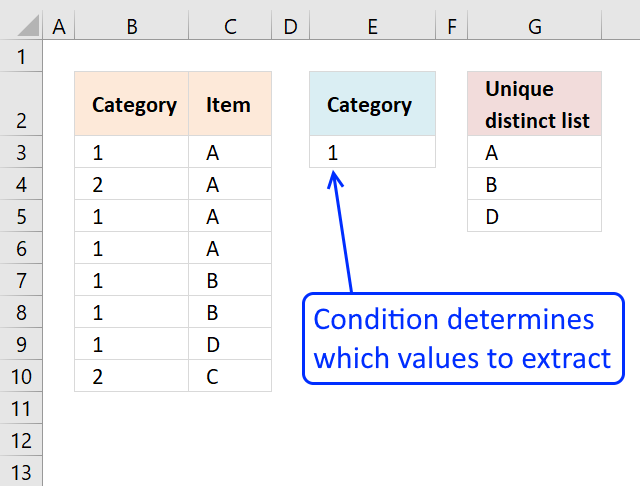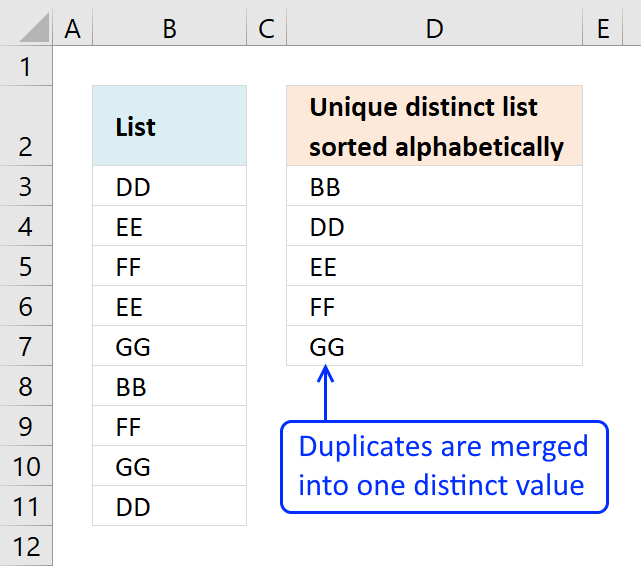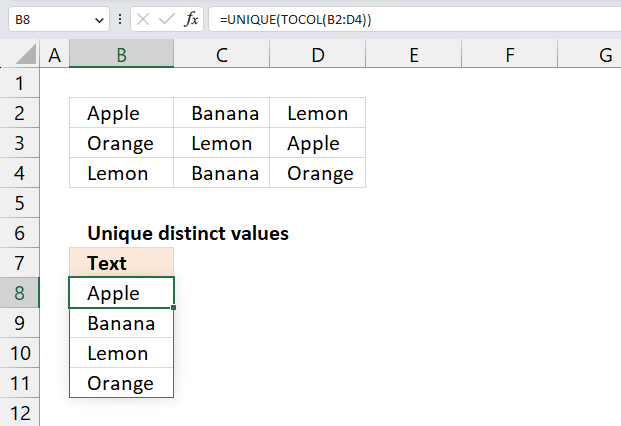'ISTEXT function' category
How to use the ISTEXT function
What is the ISTEXT function? The ISTEXT function returns Boolean value TRUE if value is text. Use the ISTEXT function […]
What is the ISTEXT function? The ISTEXT function returns Boolean value TRUE if value is text. Use the ISTEXT function […]
Count cells containing text from list
Table of Contents Count cells containing text from list Count entries based on date and time Count cells with text […]
Table of Contents Count cells containing text from list Count entries based on date and time Count cells with text […]
Lookup with any number of criteria
This article demonstrates a formula that allows you to search a data set using any number of conditions, however, one […]
This article demonstrates a formula that allows you to search a data set using any number of conditions, however, one […]
VLOOKUP – Return multiple unique distinct values
This article shows how to extract unique distinct values based on a condition applied to an adjacent column using formulas. […]
This article shows how to extract unique distinct values based on a condition applied to an adjacent column using formulas. […]
Extract a unique distinct list sorted from A to Z
This article demonstrates Excel formulas that allows you to list unique distinct values from a single column and sort them […]
This article demonstrates Excel formulas that allows you to list unique distinct values from a single column and sort them […]
Extract unique distinct values from a multi-column cell range
This article demonstrates ways to list unique distinct values in a cell range with multiple columns. The data is not […]
This article demonstrates ways to list unique distinct values in a cell range with multiple columns. The data is not […]
Excel formula categories
AverageChooseCombine MergeCompareConcatenateConditional FormattingCountCount valuesDatesDuplicatesExtractFilterFilter recordsFiltered valuesFilterxmlHyperlinkIf cellIndex MatchLogicLookupsMatchMaxMinNumbers in sumOR logicOverlappingPartial matchRecordsSequenceSmallSort bySort valuesSumSumifsSumproductString manipulationTimeUnique distinct recordsUnique distinct valuesUnique recordsUnique valuesVlookupVlookup return values
